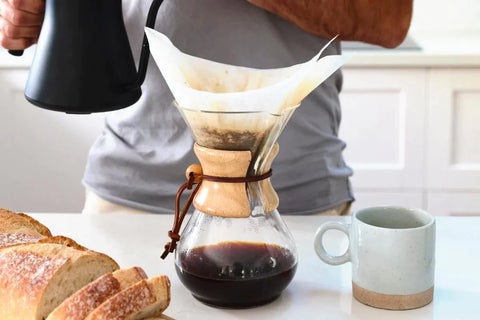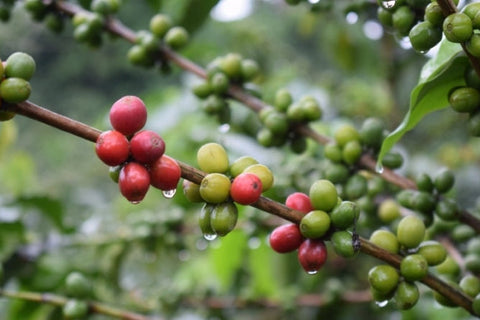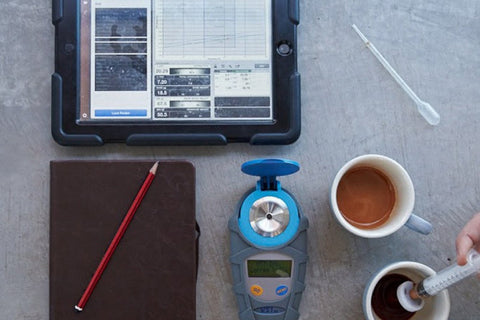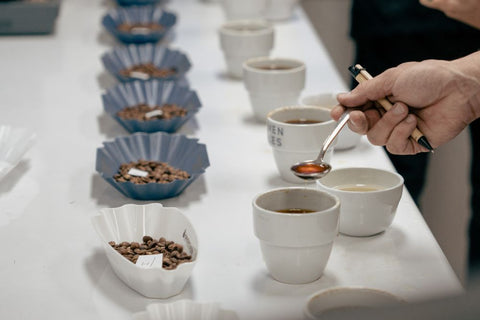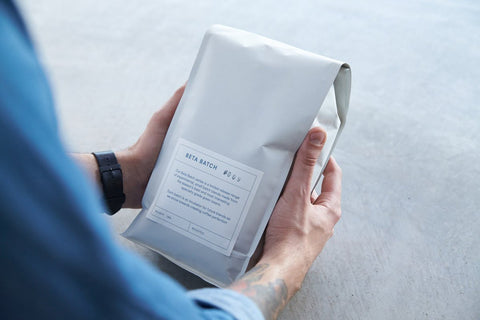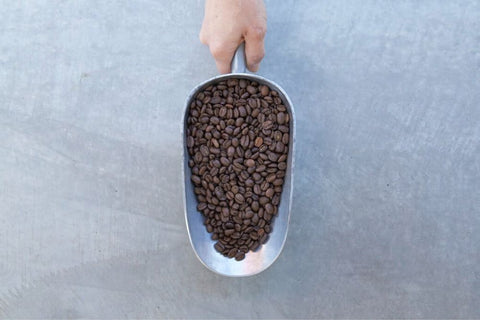For at home coffee pros, the secret to a great cup lies in the freshness of the beans. Knowing when to brew, how long to wait, and the best storage methods can enhance your coffee experience. Let’s get into these key aspects.
When to Start Brewing
As strange as it sounds, coffee can be too fresh.
For best results, we recommend not using coffee within one week of the roast date.
This allows time for the beans to degas, releasing carbon dioxide that cause issues with extraction - particularly when brewing with an espresso machine. Brewing coffee that is too fresh can lead to a coffee with a sour, unbalanced flavour.
Shipping and Freshness
We ship our 250g resealable bags between five days and two weeks after roasting. These bags let you open only what you need while keeping the rest sealed, perfect for sampling different varieties without committing to a larger pack size.
Our 1kg bags are flushed with nitrogen gas during the packaging process to remove harmful oxygen from the bag. Using this process keeps coffee within the ideal freshness window longer. In our own testing, coffee that remained sealed in our 1kg packs maintained peak freshness up to 8 weeks from the roast date.
Optimal Brewing Window
After the initial one-week resting period, your coffee is best for brewing for up to 6-8 weeks from the roast date. During this time, flavours develop and mature. Aim to consume your coffee within this window for optimal taste.
The biggest impact on coffee freshness is once you open the bag. Once coffee is exposed to oxygen, the flavour of coffee begins to change rapidly.
Storing Your Coffee
Option 1: Coffee Canister
Once the seal of the original packaging has been opened, we recommend keeping coffee stored in a coffee canister. These airtight containers protect against light, air, and moisture. Look for canisters with CO2 valves that allow gases to escape while keeping air out.
Tips for Using Coffee Canisters
- Store in a Cool Place: Keep it away from direct sunlight.
- Limit Openings: Minimise exposure to air by opening only when necessary.
Option 2: Freezer
Once the bag is open, if you’re not able to use coffee within a week or two, then the best place to store coffee is in the freezer.
In our previous research, we found that coffee stored in the freezer tasted better for longer than coffee stored at room temperature or in the fridge.
To store coffee in the freezer, transfer the coffee beans from the opened bag into an airtight container, and then take out portions as you need to use it.
Brew Better
Freshness is crucial for exceptional coffee. Wait a week after roasting before brewing and enjoy within two to six weeks for the best flavour. A good coffee canister will help keep your beans fresh longer. With these tips, you’re on your way to brewing the perfect cup every time! Happy brewing!
